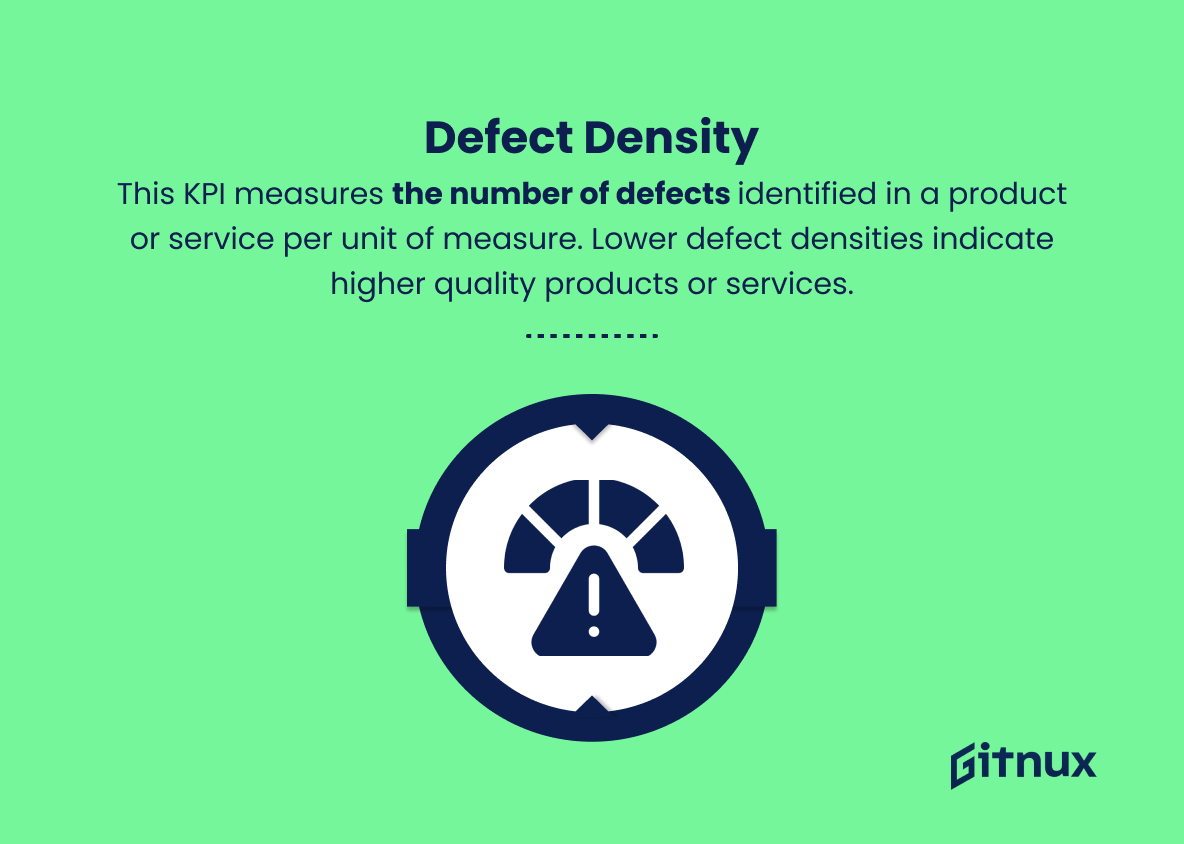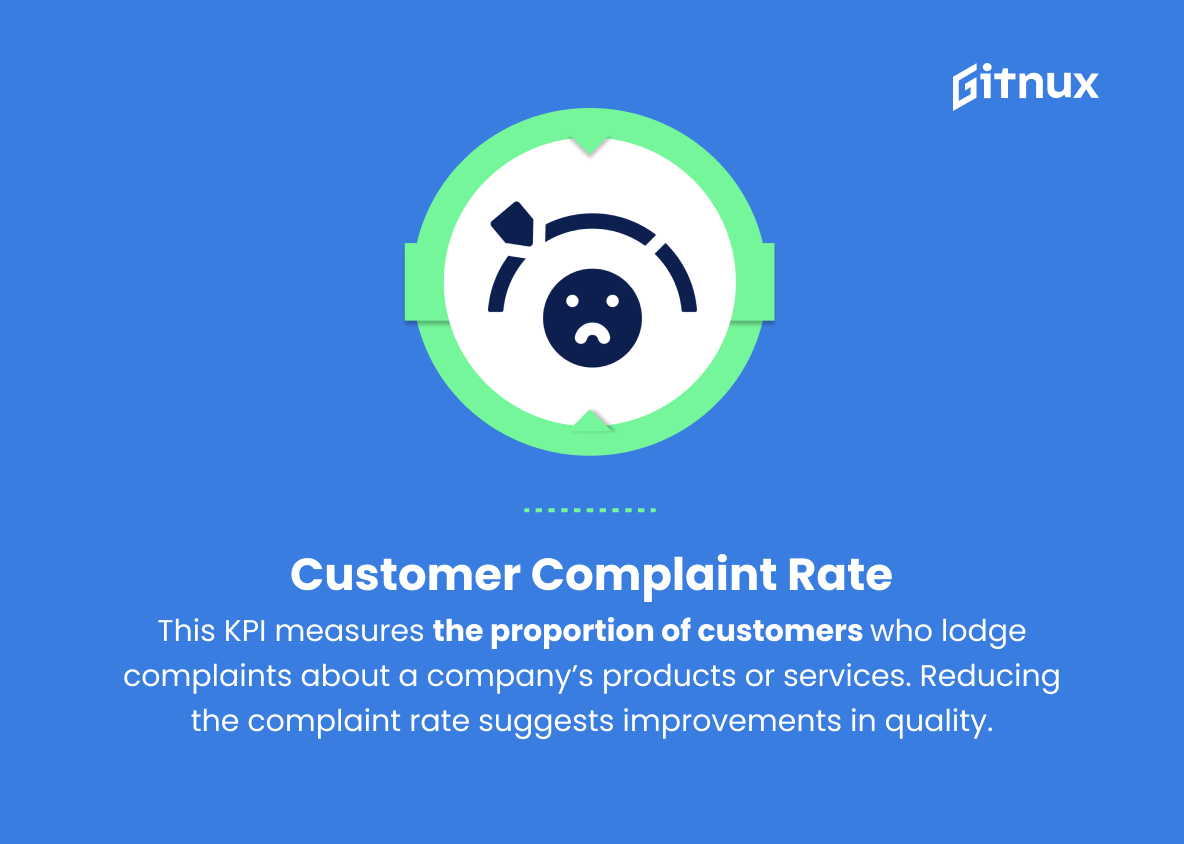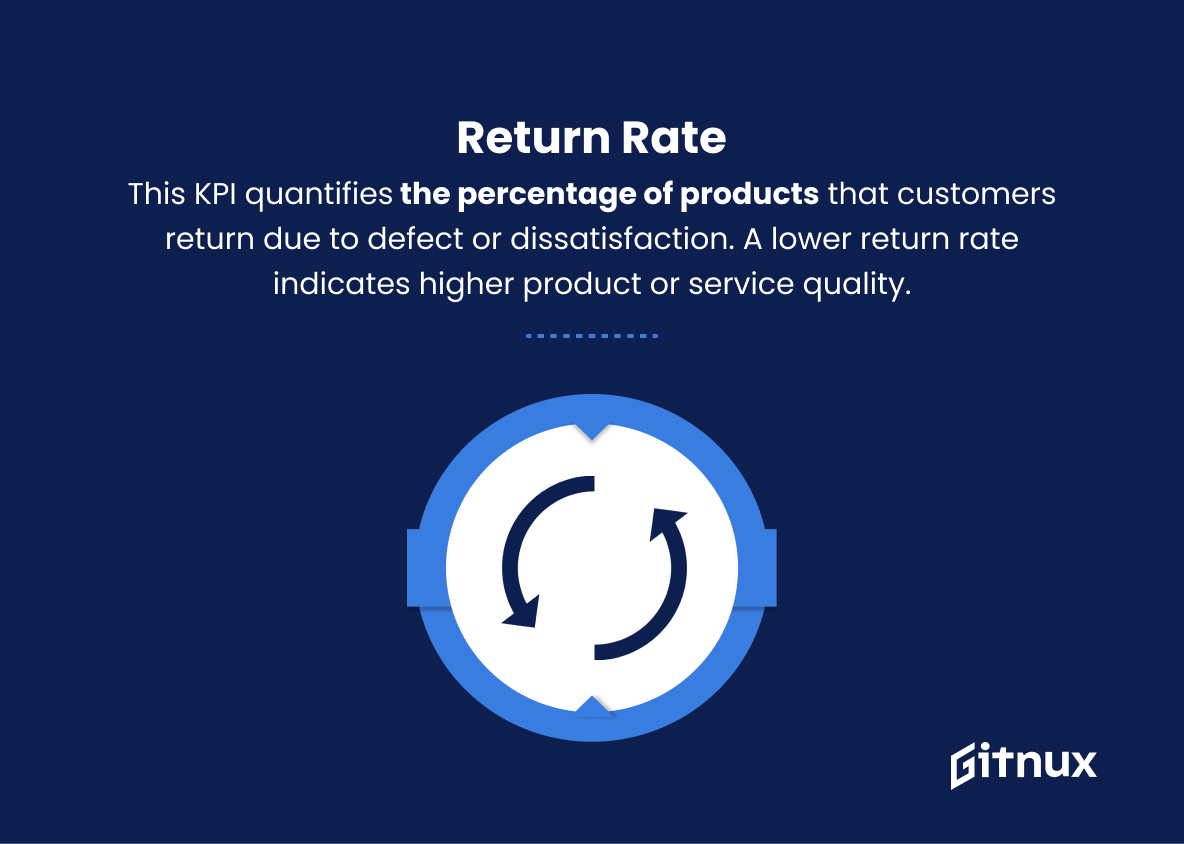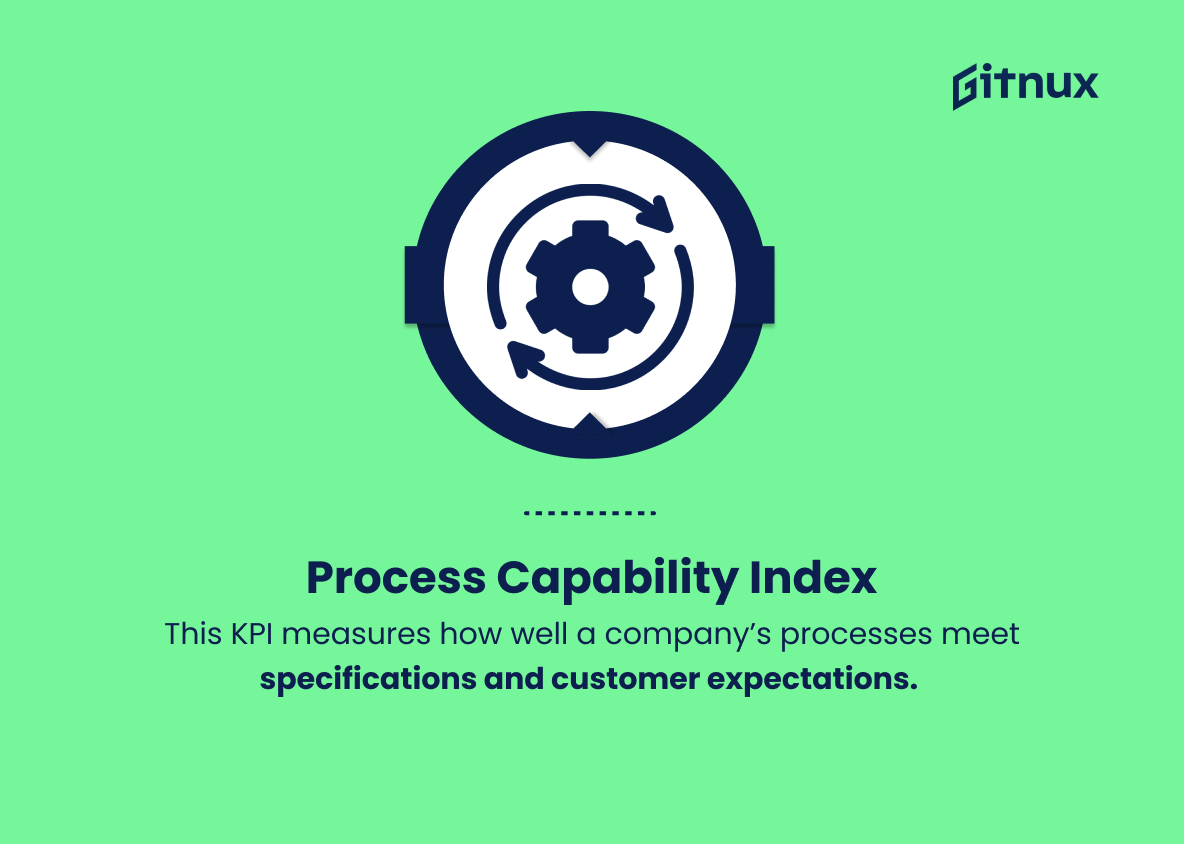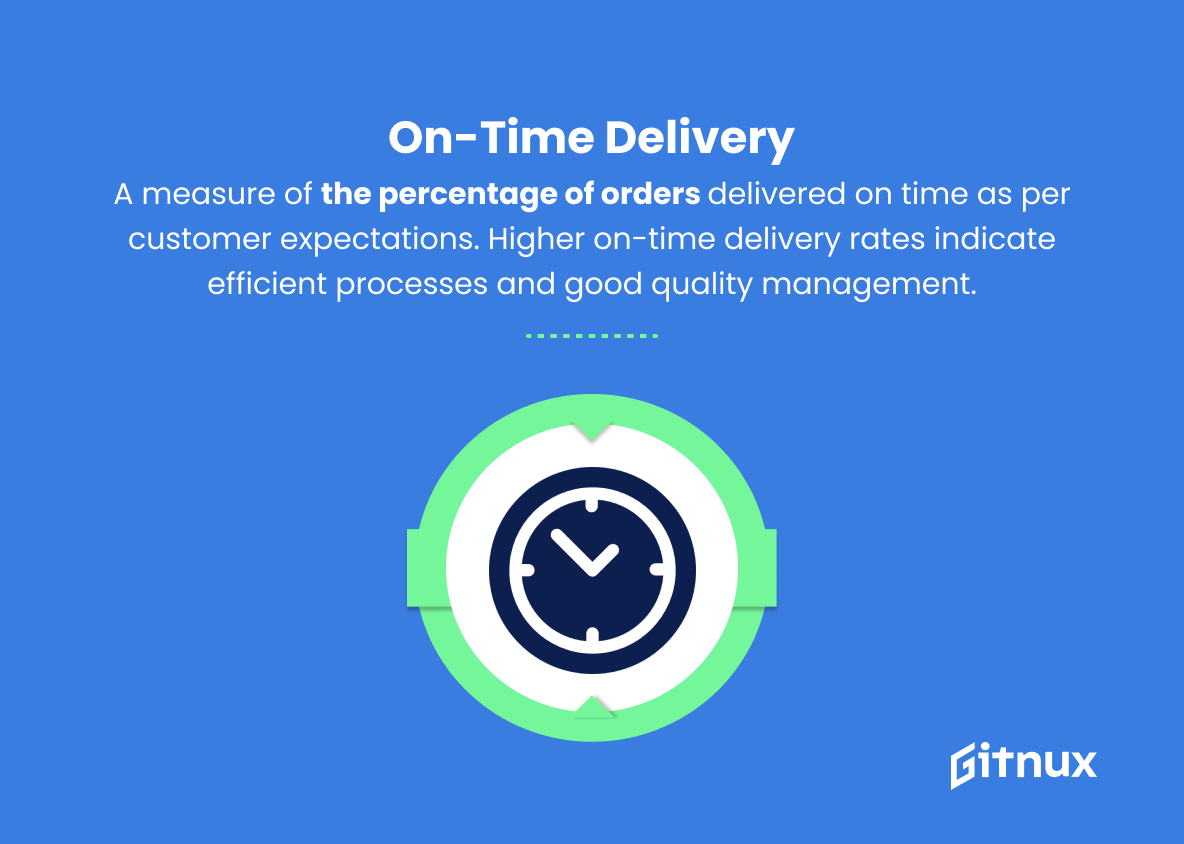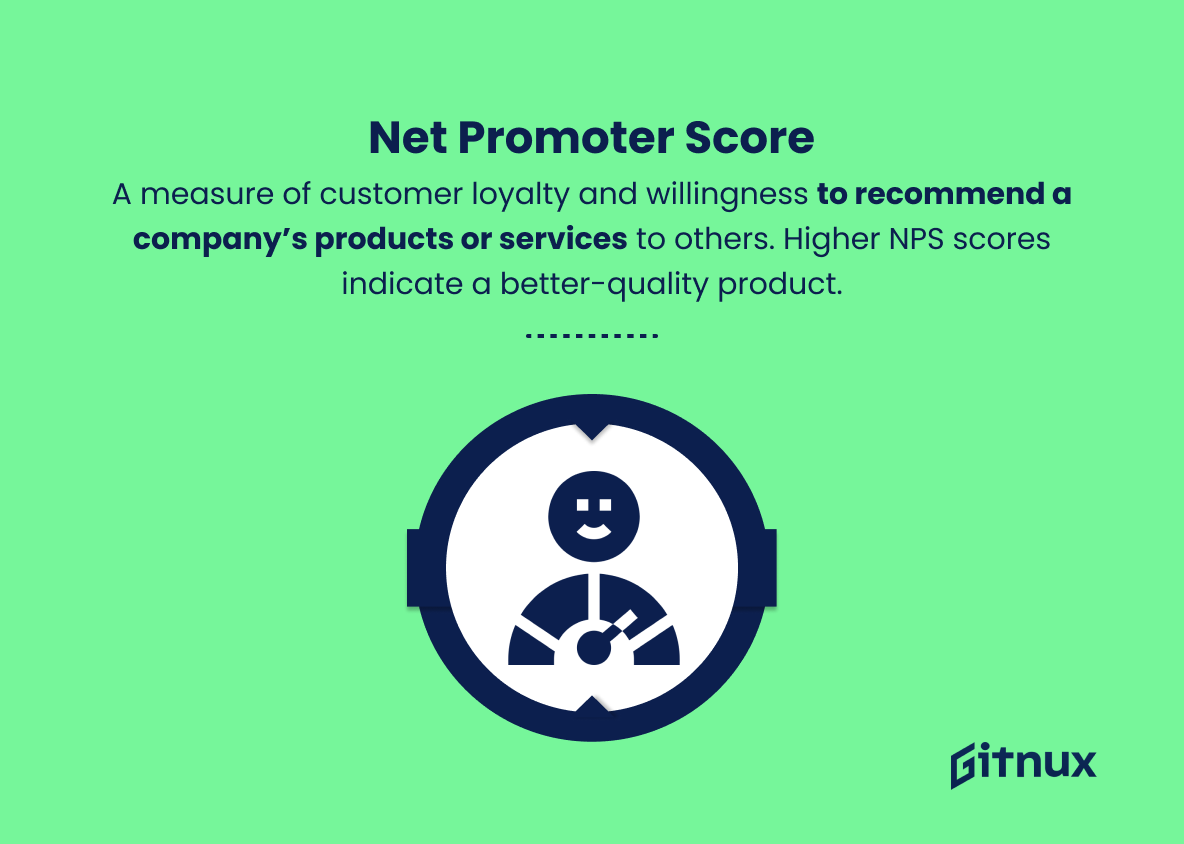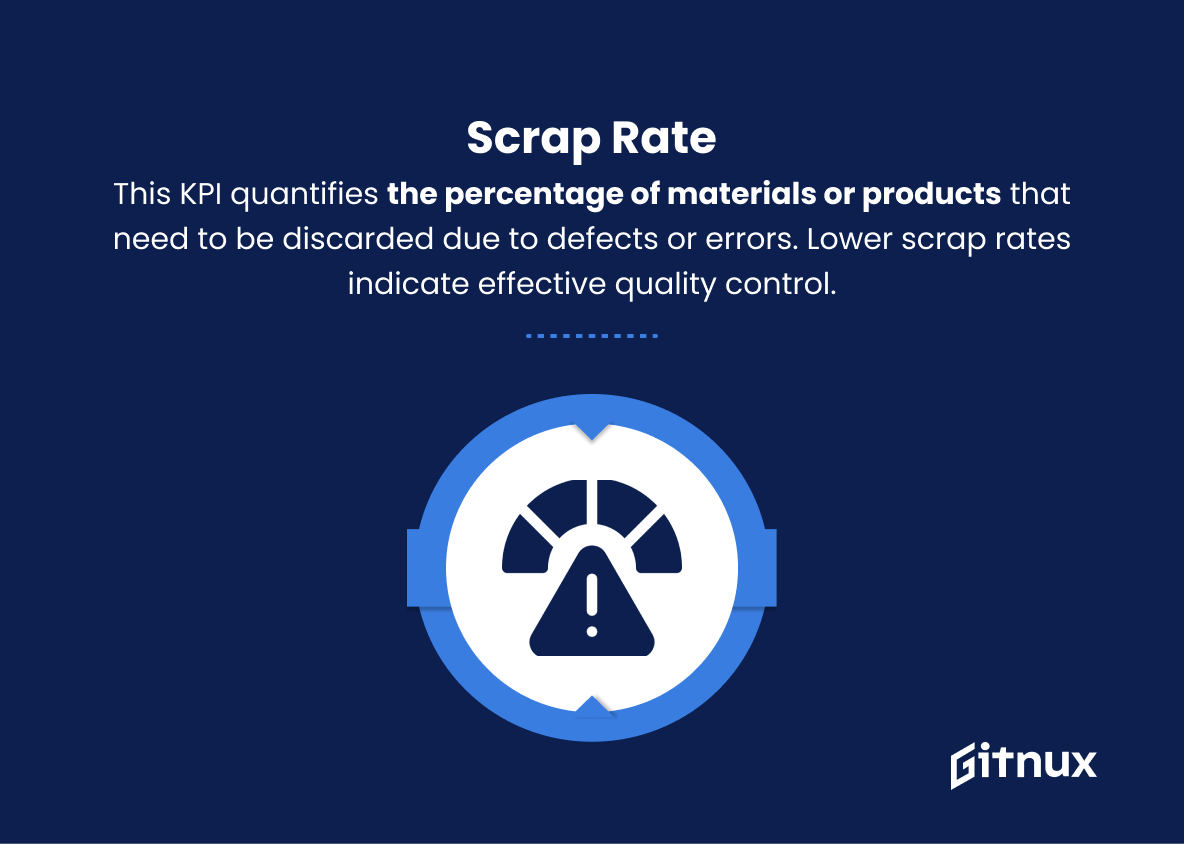In today’s hyper-competitive business environment, measuring and improving performance across all aspects of the organization is essential to achieving success and staying ahead of the curve. Key Performance Indicators (KPIs) have become an increasingly important tool for evaluating and driving progress. They serve as quantifiable metrics that enable organizations to identify areas for improvement, establish benchmarks, and ultimately achieve strategic goals.
In the area of quality management, KPIs play a critical role in ensuring that the products and services delivered meet or exceed customer expectations, maintain quality standards, and contribute to overall business growth. This blog post will explore the importance of quality KPIs and how they can drive your organization to excellence by providing valuable insights and facilitating data-driven decision making.
Quality KPIs You Should Know
1. First Pass Yield (FPY)
This KPI measures the percentage of products or services that are produced correctly without any defects or errors in the first production stage. A higher FPY indicates better quality control and fewer errors.
2. Defect Density
This KPI measures the number of defects identified in a product or service per unit of measure (e.g., per 1,000 lines of code). Lower defect densities indicate higher quality products or services.
3. Customer Complaint Rate
This KPI measures the proportion of customers who lodge complaints about a company’s products or services. Reducing the complaint rate suggests improvements in quality.
In today’s hyper-competitive business landscape, measuring and improving performance across all organizational aspects is essential for achieving success and staying ahead of the curve.4. Return Rate
This KPI quantifies the percentage of products that customers return due to defect or dissatisfaction. A lower return rate indicates higher product or service quality.
5. Process Capability Index (Cpk)
This KPI measures how well a company’s processes meet specifications and customer expectations. A Cpk of greater than 1.33 indicates a highly capable and controlled process.
6. On-time Delivery
A measure of the percentage of orders or projects delivered on time as per customer expectations. Higher on-time delivery rates indicate efficient processes and good quality management.
7. Customer Satisfaction Score (CSAT)
This KPI measures the degree of satisfaction that customers experience with a company’s products or services. Higher CSAT scores suggest better product quality and customer service.
Quality KPIs play a critical role in ensuring that a company’s products and services maintain the highest standards, resulting in customer satisfaction and long-term success.8. Net Promoter Score (NPS)
A measure of customer loyalty and willingness to recommend a company’s products or services to others. Higher NPS scores indicate a better-quality product or service that fosters customer loyalty.
9. Vendor Quality Rating
This KPI measures the quality of products or services delivered by a company’s suppliers or partners. Higher vendor quality ratings signify strong supply chain quality management.
10. Scrap Rate
This KPI quantifies the percentage of materials or products that need to be discarded due to defects or errors. Lower scrap rates indicate effective quality control and less waste in the production process.
11. Warranty Claims Rate
A measure of the percentage of products requiring warranty claims due to defects or failures. A lower warranty claims rate signifies improved product quality and reliability.
12. Mean Time Between Failures (MTBF)
This KPI measures the average time elapsed between equipment failures or product defects. Higher MTBF values indicate a higher level of product quality and reliability.
13. Corrective Action Closure Rate
A measure of the percentage of identified quality issues that were successfully resolved and closed within a given time frame. A higher closure rate indicates a more effective quality management system.
Quality KPIs Explained
Quality KPIs play a critical role in ensuring that a company’s products and services meet the highest standards, resulting in customer satisfaction and long-term success. First Pass Yield (FPY) measures the efficiency of the production process and emphasizes the need to reduce defects, while Defect Density highlights the importance of minimizing defects in the products or services delivered. Customer complaint and return rates have a direct impact on customer satisfaction and loyalty, making them critical indicators of a company’s performance.
In addition, process capability index (Cpk) and on-time delivery rate signal the effectiveness of a company’s quality management system. By assessing Customer Satisfaction Score (CSAT), Net Promoter Score (NPS), and Supplier Quality Rating, a company can monitor its performance from both the customer and supplier perspectives.
Scrap rate, warranty claim rate, mean time between failures (MTBF), and corrective action closure rate further demonstrate the need for effective quality control and the desire to minimize waste and streamline processes. Overall, these KPIs help companies identify areas for improvement and take proactive measures to maintain superior quality standards.
Conclusion
In summary, quality KPIs are an essential aspect of any business, organization, or project that aims to deliver exceptional products or services. By selecting relevant and meaningful KPIs, you’ll be able to accurately measure and track quality performance, enabling data-driven decision-making and continuous improvement. It’s important to involve your team in this process because it fosters a culture of ownership and accountability.
By emphasizing the importance of quality KPIs and regularly reviewing progress, you will not only ensure the success of your organization, but also the satisfaction and trust of your customers. The pursuit of quality is never-ending, and embracing these KPIs will be a strategic step toward exceeding expectations and achieving excellence.

